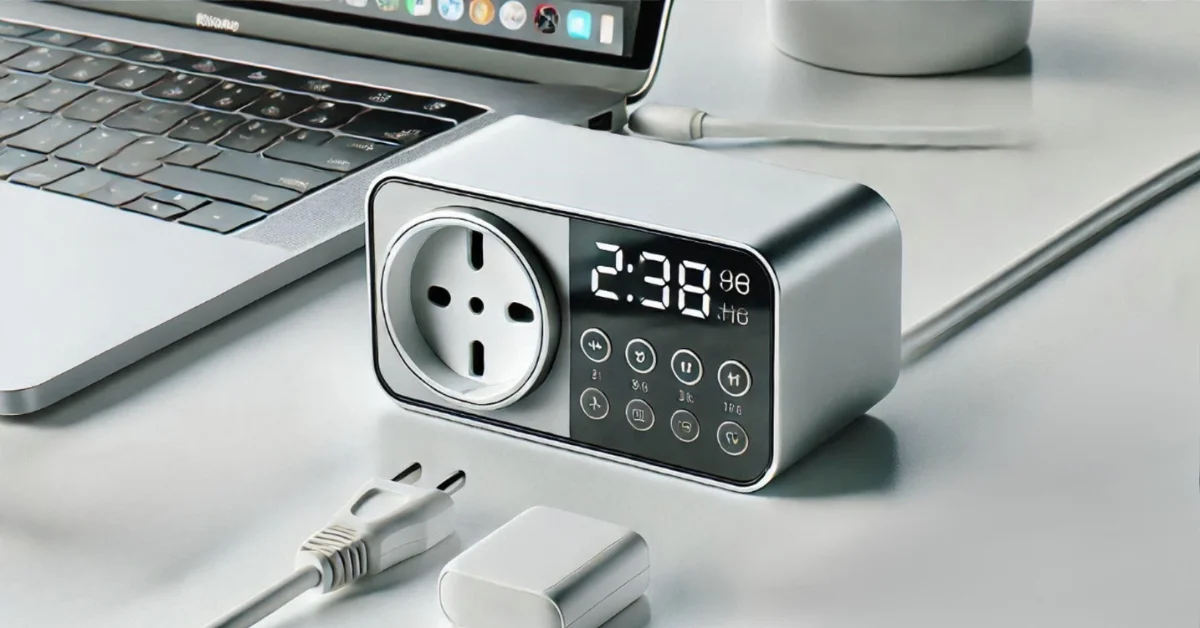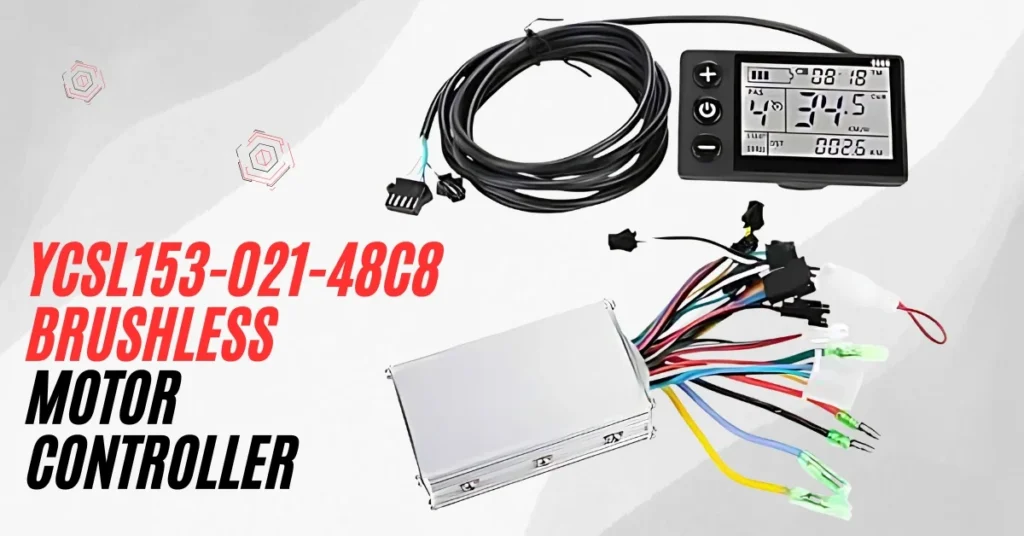Have you ever wondered how you can save more energy while also automating your home or workplace? The answer lies in computer controlled intermittent outlets (CCIOs) – a modern and innovative solution designed to help you manage power supply with greater efficiency. These outlets are not only smart but also user-friendly, making them a popular choice for people who want to save money on energy bills and reduce their environmental impact. In this guide, we will explore everything you need to know about CCIOs. From their benefits and uses to how they function and what features to look for, this guide has got you covered.
Understanding Computer Controlled Intermittent Outlets
How CCIOs Work
Computer-controlled intermittent outlets are advanced devices that control the flow of electricity to the appliances and gadgets plugged into them. These outlets can be programmed to provide power only at specific times or under certain conditions, making them highly efficient. Many of these outlets can be connected to smart home systems, allowing you to control them remotely using an app on your smartphone or a voice assistant like Alexa or Google Home.
Some of the key components that make CCIOs work include:
- Microcontrollers: These small computers are at the heart of the outlet, managing when and how power is delivered.
- Sensors: These devices detect energy use and the status of connected appliances.
- Communication Modules: These components allow the outlet to connect with other smart devices or networks for remote management.
Key Features
- Programmable Schedules: You can set specific times for when the outlet supplies power.
- Smart Integration: These outlets often work with popular smart home systems.
- Energy Monitoring: Many CCIOs can track energy use in real time, giving you detailed insights into your consumption.
- User-Friendly Design: They are designed to be simple to set up and easy to operate.
Benefits of Using CCIOs
Energy Efficiency
One of the main benefits of CCIOs is their ability to help save energy. By turning off appliances and devices when they are not in use, these outlets reduce unnecessary power consumption. This is not only good for your wallet but also for the planet, as it helps lower your overall carbon footprint.
Increased Automation
CCIOs allow you to automate various tasks around your home or workplace. For example, you can program them to turn off the lights when you leave a room or shut down your computer after work hours. This level of automation adds convenience to your life and ensures nothing is left running by accident.
Enhanced Safety
Another major advantage is safety. These outlets can detect when a device is no longer active and automatically cut off power. This feature reduces the risk of electrical fires or damage caused by overheating.
Real-Time Monitoring
With many CCIOs, you can monitor your energy usage in real time through an app. This data can help you identify which appliances consume the most energy, allowing you to make smarter choices about how and when to use them.
Cost Savings
While CCIOs may seem like an expensive investment initially, they can save you a significant amount of money over time by lowering your energy bills. The cost savings often make up for the upfront expense in just a few months.
Applications of CCIOs
Smart Homes
In homes, CCIOs can be used to control lighting, heating, cooling, and other appliances. For example, you could program your coffee maker to turn on in the morning or set your lights to switch off automatically at bedtime.
Commercial Buildings
Businesses use CCIOs to save on energy costs by scheduling office equipment, such as printers and computers, to power down during non-working hours. This improves efficiency and reduces waste.
Industrial Settings
In industrial environments, CCIOs can help streamline energy use for machinery and equipment, improving productivity while minimizing costs.
Agricultural Applications
Farmers can use CCIOs to automate tasks like irrigation. By setting schedules based on weather conditions or soil moisture levels, they can save both water and energy.
Types and Features of CCIOs
Standalone Programmable Outlets
These outlets are simple devices that allow you to set schedules directly on the outlet without needing an external controller or app. They are great for straightforward setups.
Networked Smart Outlets
These outlets connect to your home Wi-Fi network, enabling you to control them remotely. They are ideal for smart homes and provide more advanced features like voice control and real-time monitoring.
Key Features to Consider
- Scheduling Options: Choose outlets that allow flexible programming.
- Energy Tracking: Outlets with monitoring capabilities provide valuable insights into energy use.
- Smart Integration: Ensure compatibility with your smart home system.
- Security: Look for outlets with built-in protections against hacking or unauthorized access.
Factors to Consider When Choosing a CCIO
Compatibility
Before purchasing, check if the outlet will work with your existing appliances and smart home devices. Compatibility ensures a smooth experience and prevents frustration.
Security Features
As these devices connect to your network, it is important to choose one with strong security features like encryption and regular firmware updates to protect against unauthorized access.
Ease of Use
Select an outlet that is easy to install and program. User-friendly products are less likely to cause headaches during setup.
Cost and ROI
While some CCIOs are expensive, their ability to save energy often means they pay for themselves over time. Look for a balance between initial cost and long-term savings.
Challenges and Limitations
Compatibility Issues
Not all CCIOs work with every device. Make sure to read product specifications carefully to avoid any compatibility issues.
Security Concerns
As with any smart device, CCIOs can be vulnerable to hacking if they do not have proper security measures in place. Always prioritize security when choosing a model.
Learning Curve
While most CCIOs are easy to use, some advanced models may require a bit of technical know-how. Be prepared to spend some time learning how to program and use them effectively.
Future Prospects of CCIO Technology
Integration with AI and Machine Learning
Future CCIOs may include AI-driven features that learn your habits over time. This will allow them to optimize energy use even more efficiently without manual programming.
Role in Smart Cities
In smart cities, CCIOs could play a vital role in managing energy on a large scale. By optimizing power distribution in homes and offices, they could help reduce overall energy consumption.
Environmental Impact
As more people adopt CCIOs, their combined effect could significantly reduce greenhouse gas emissions. This makes them an important tool in the fight against climate change.
Conclusion
Computer-controlled intermittent outlets are transforming how we use energy in our daily lives. Whether you want to automate your home, save money on your bills, or contribute to a greener planet, CCIOs offer a wide range of benefits. By understanding their features, applications, and limitations, you can make the best choice for your needs. Start exploring the possibilities of CCIOs today and take a step toward a smarter, more sustainable future.
FAQs
What is a computer-controlled intermittent outlet?
A computer-controlled intermittent outlet, or CCIO, is a smart device that manages the power supply to appliances based on schedules or commands. It helps save energy and adds convenience.
Can CCIOs help lower electricity bills?
Yes, CCIOs can reduce electricity bills by cutting off power to devices when they are not in use, preventing energy waste.
Are CCIOs compatible with all devices?
Not all CCIOs work with every appliance or smart system. It is important to check the compatibility before purchasing.
How easy is it to set up a CCIO?
Most CCIOs are designed to be easy to install and use. Some advanced models may require more effort to set up.
Are CCIOs secure?
Many CCIOs come with strong security features, such as encryption, to protect against unauthorized access. Always choose models with robust security measures.



